Moscow’s seemingly identical Soviet suburbs are part of the city’s cultural history. Seen as a form of societal repression by some and a spring board of creativity for others, these neighbourhoods once manifested a socialist dream of communal living. But as the capital expands into the post-communist era, these blocks in turn are slowly being replaced by something new: towering urban developments in so-called New Moscow. Even further away from the city itself, many feel that these new projects lack even the charm of their predecessors, with their achingly relatable nostalgia.
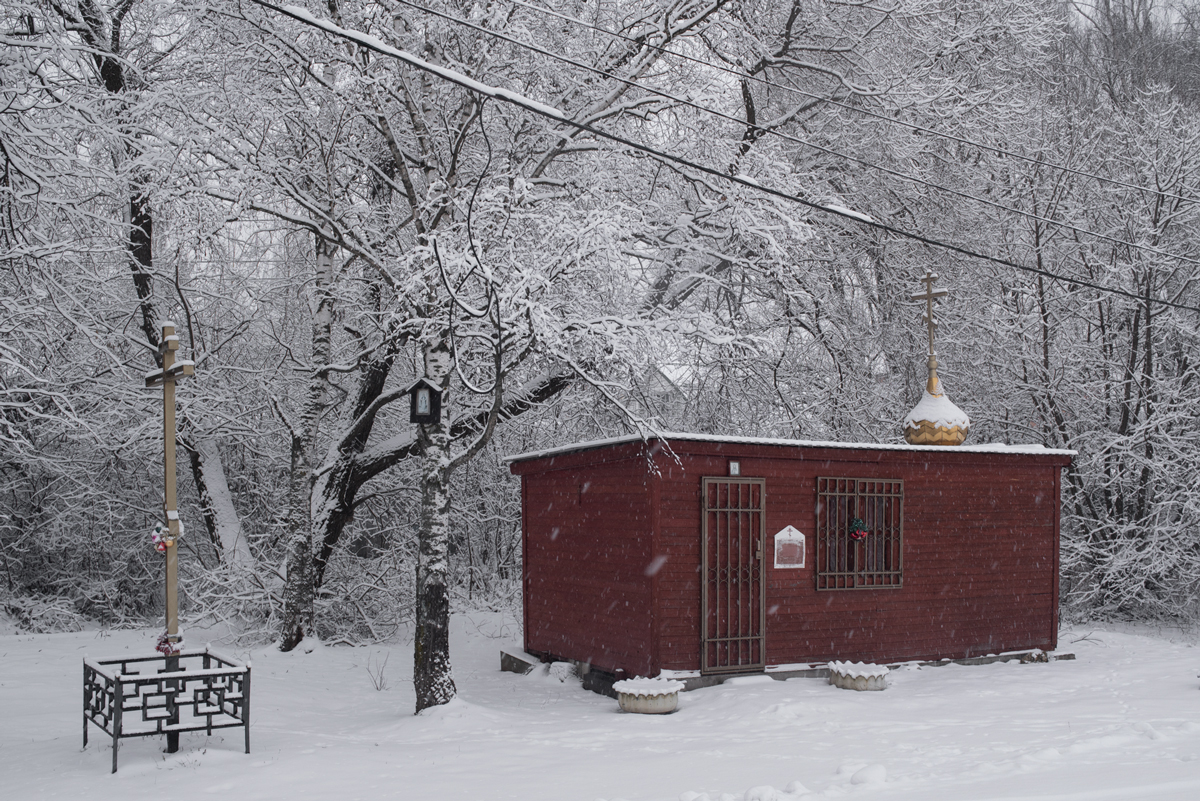
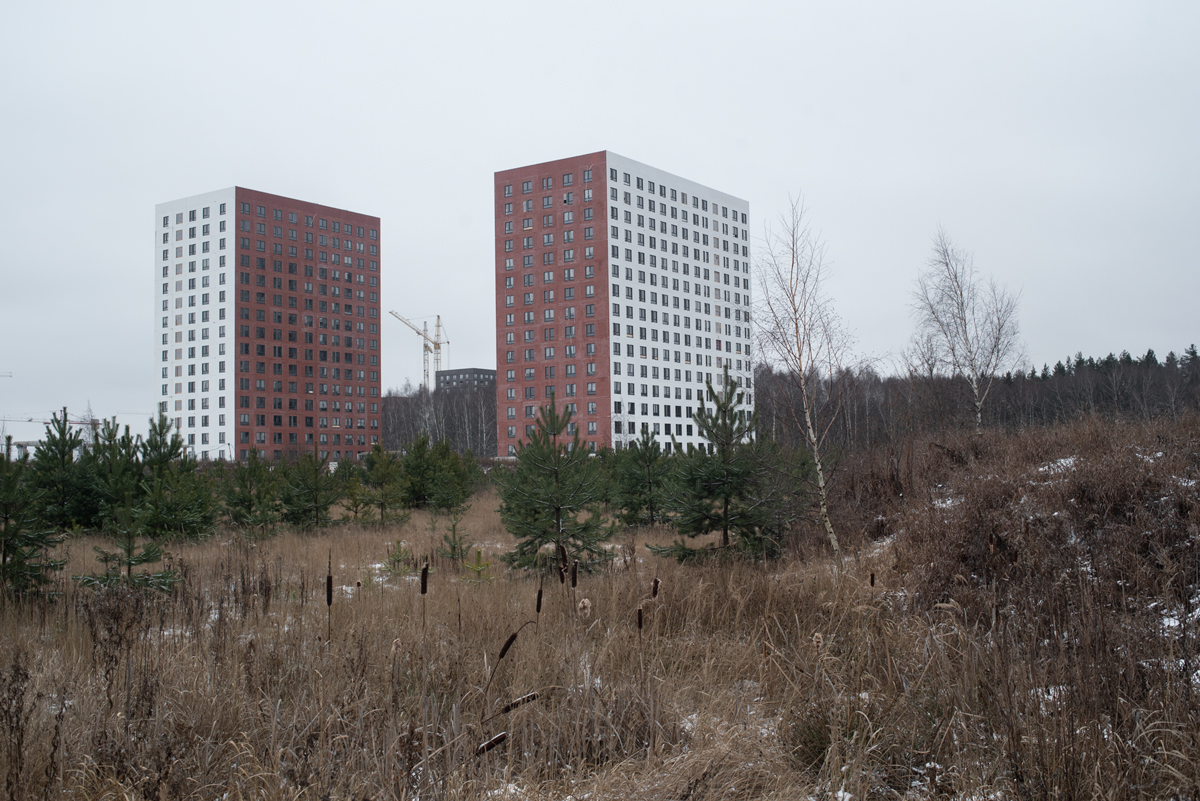
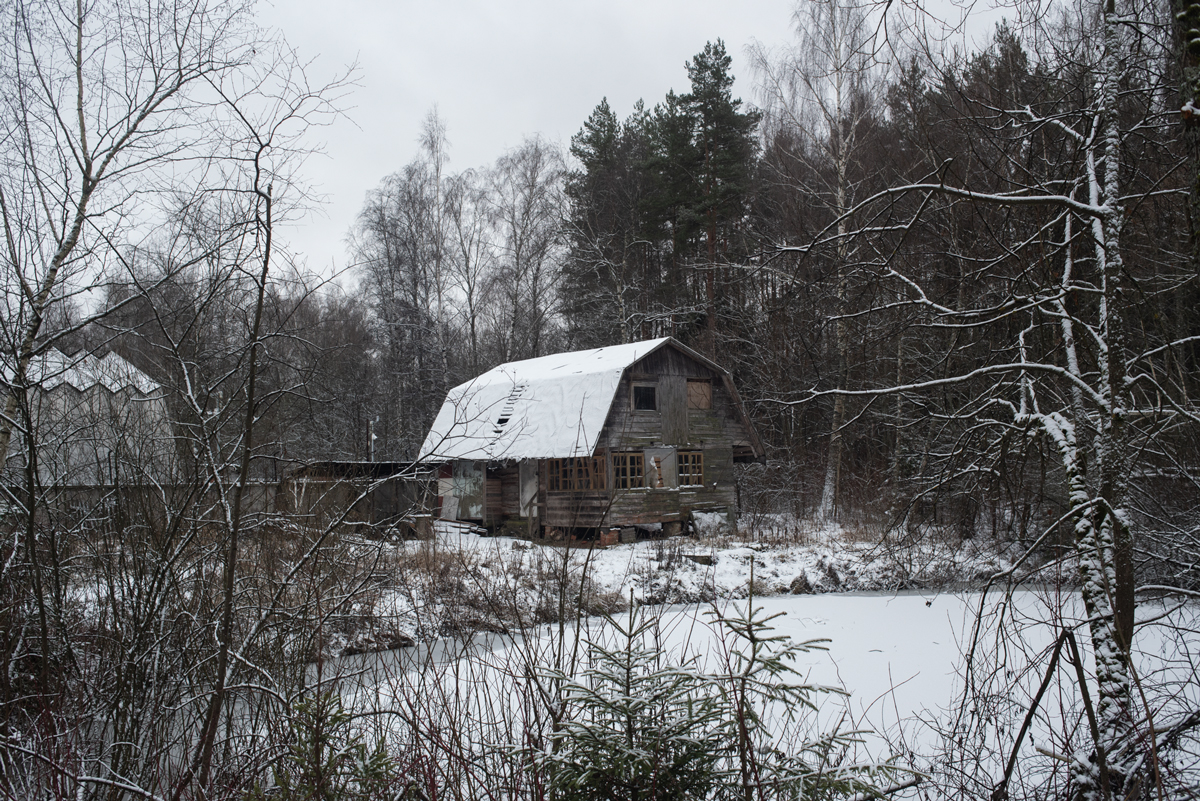
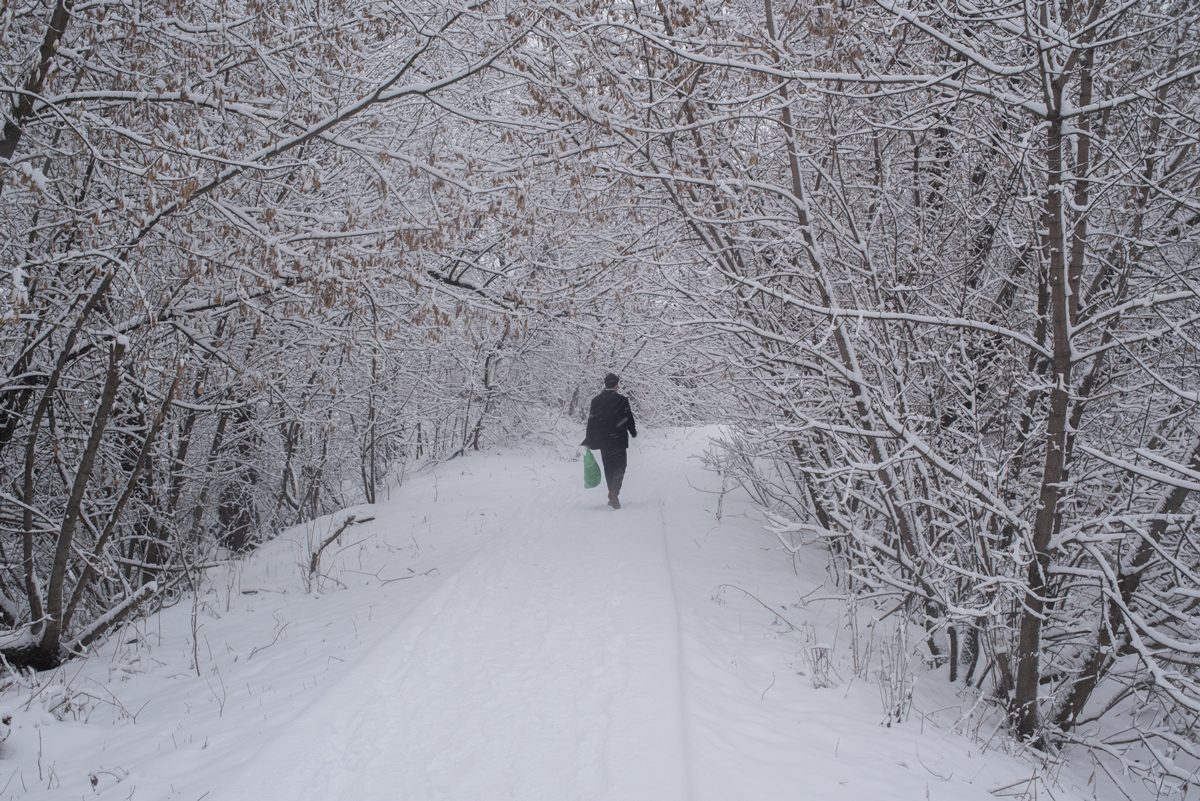
“New residential blocks rise in the middle of wastelands, metro lines cross through forests. But as you move away from the train station, you hardly meet anyone else,” says photographer Ilya Nikitin. His photo series, Salaryevo, follows an area that shifted from a village of just 369 inhabitants to a hyper-urbanised district when it was swallowed by New Moscow’s high rise housing in 2012.
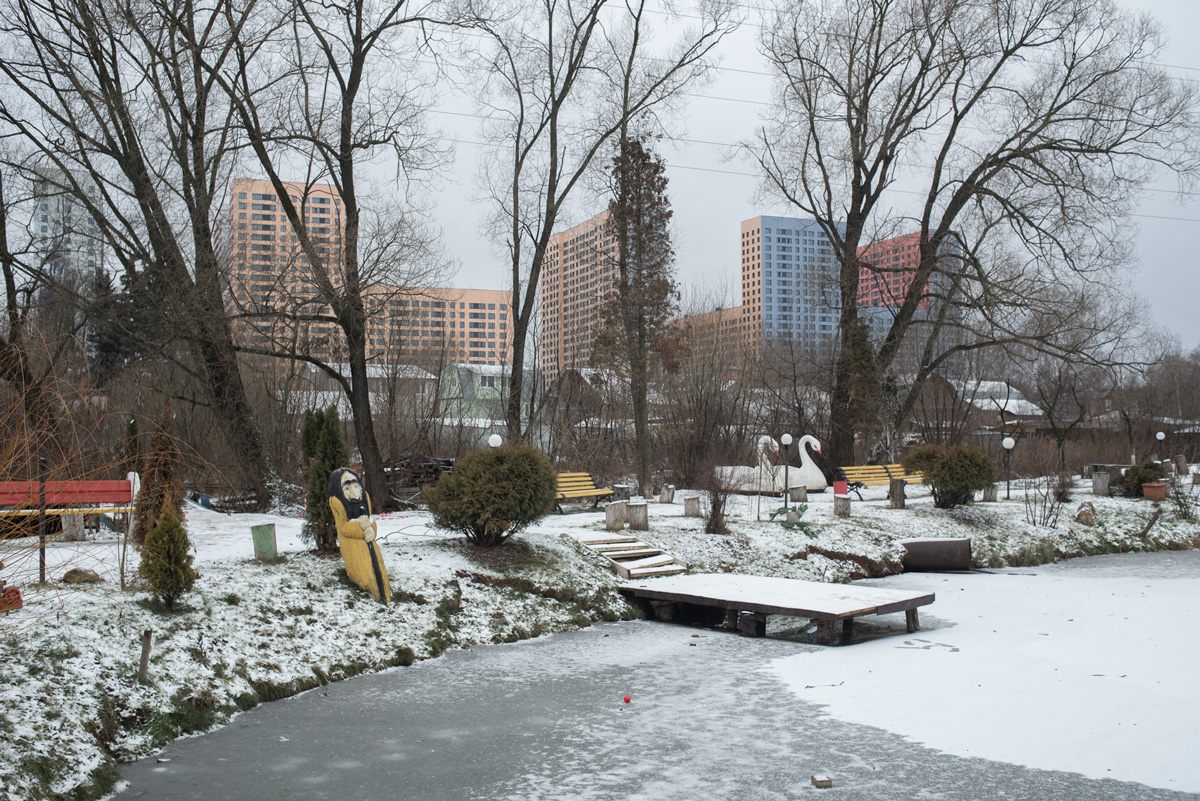
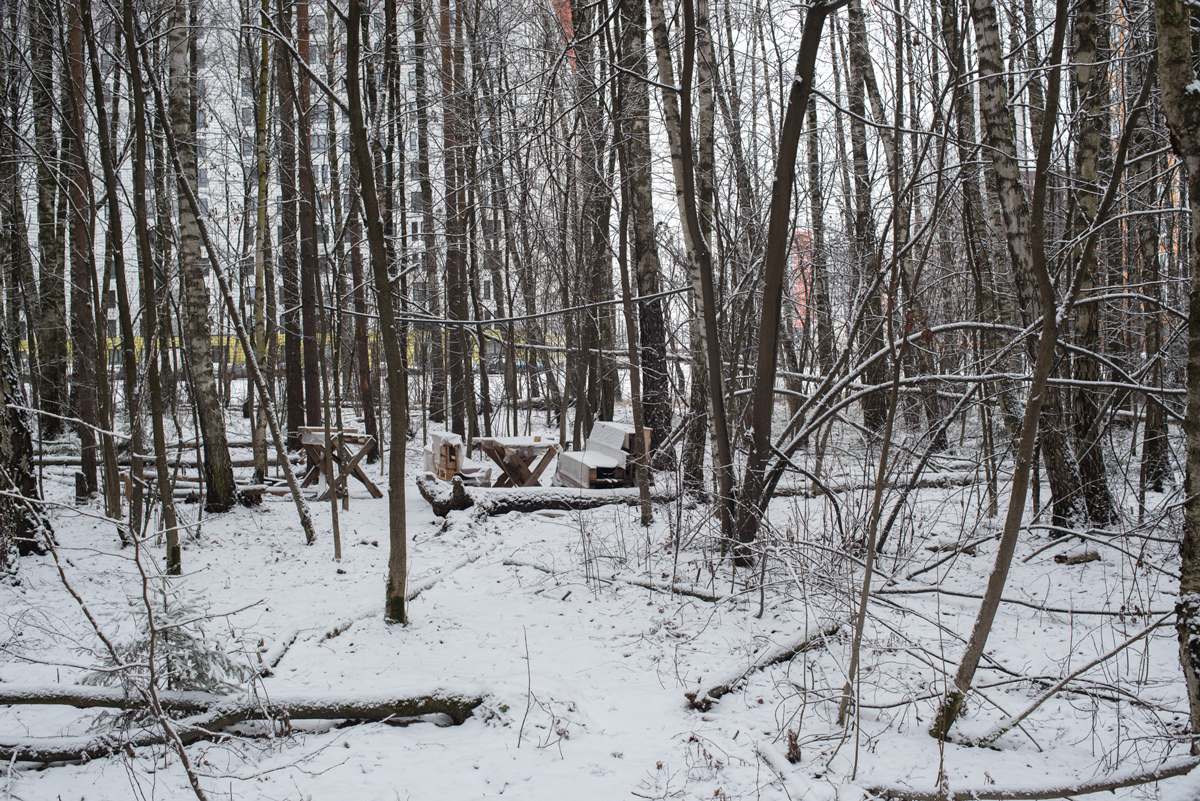
Nikitin shifted his photographic focus from Moscow´s young hellions and romantics to Salaryevo’s inhuman and alien spaces as part of his studies in the Rodchenko School of Art. “When you move away from the city centre, your eyes and your mind sharpen. I like this feeling,” says Nikitin, who saw his trips to Salaryevo as a way to escape his Moscow routine.
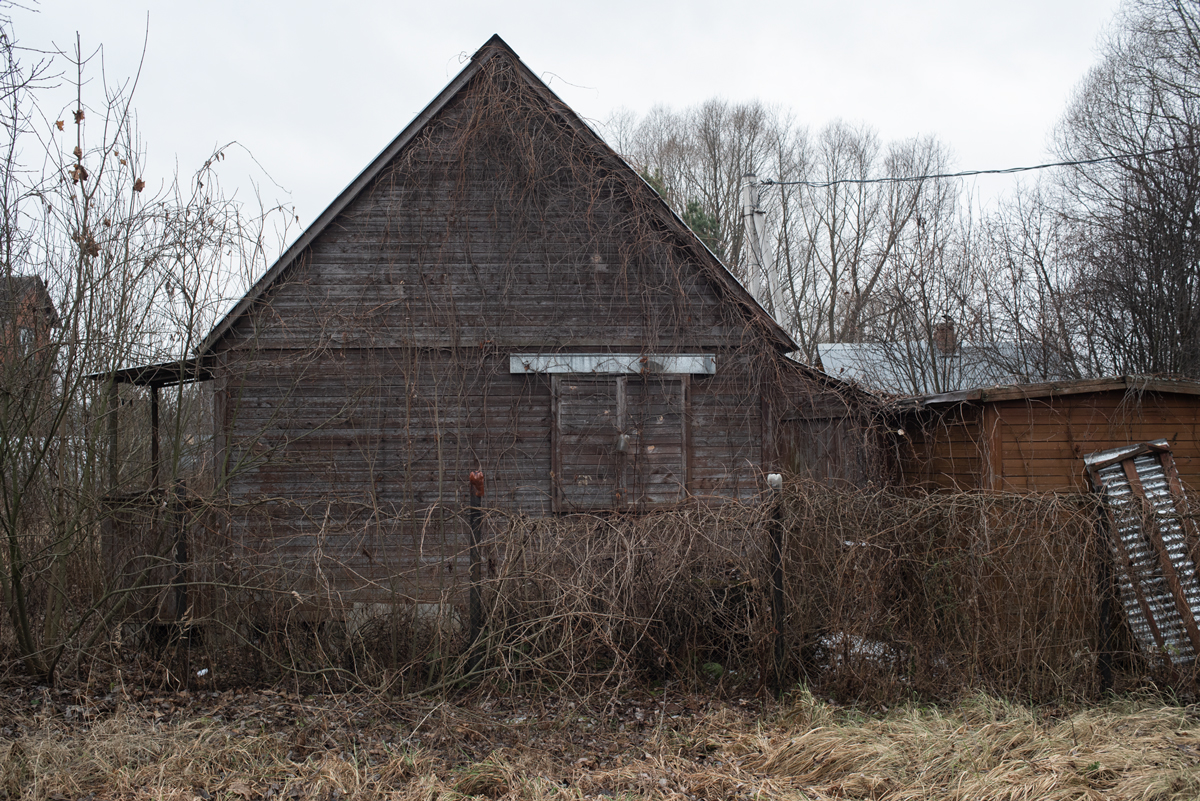
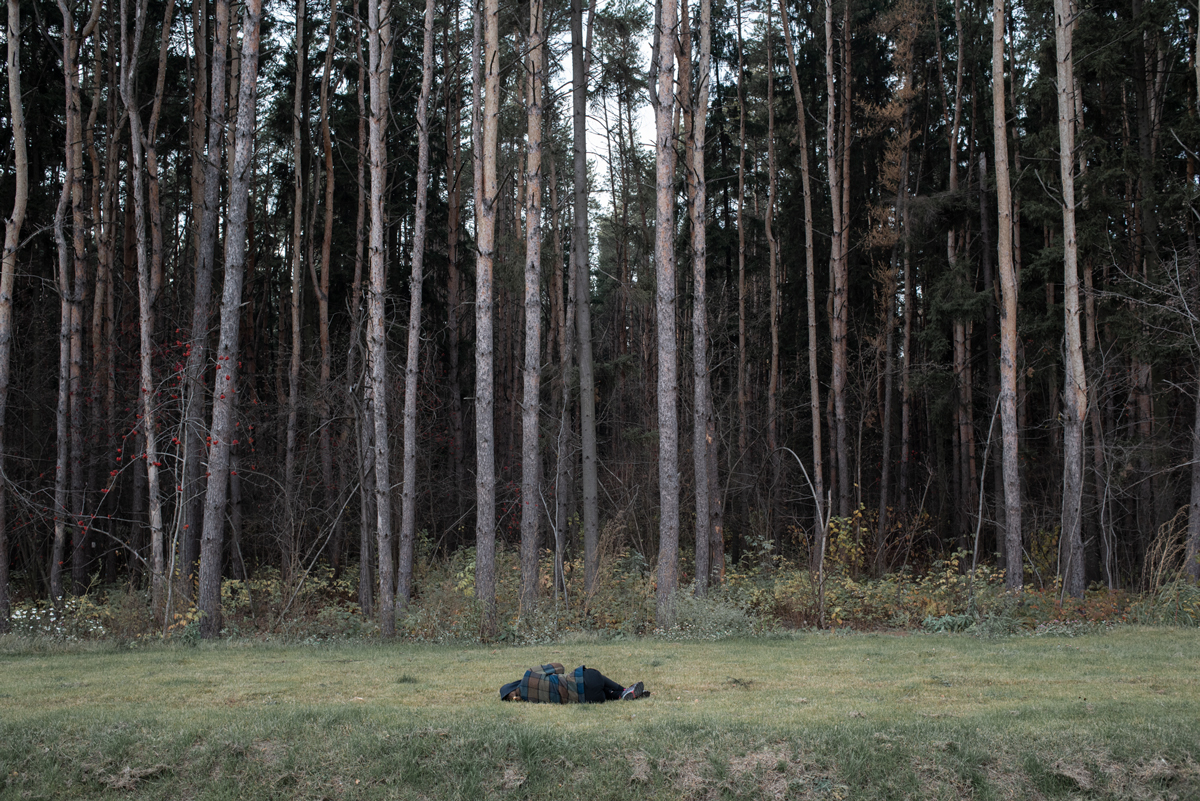
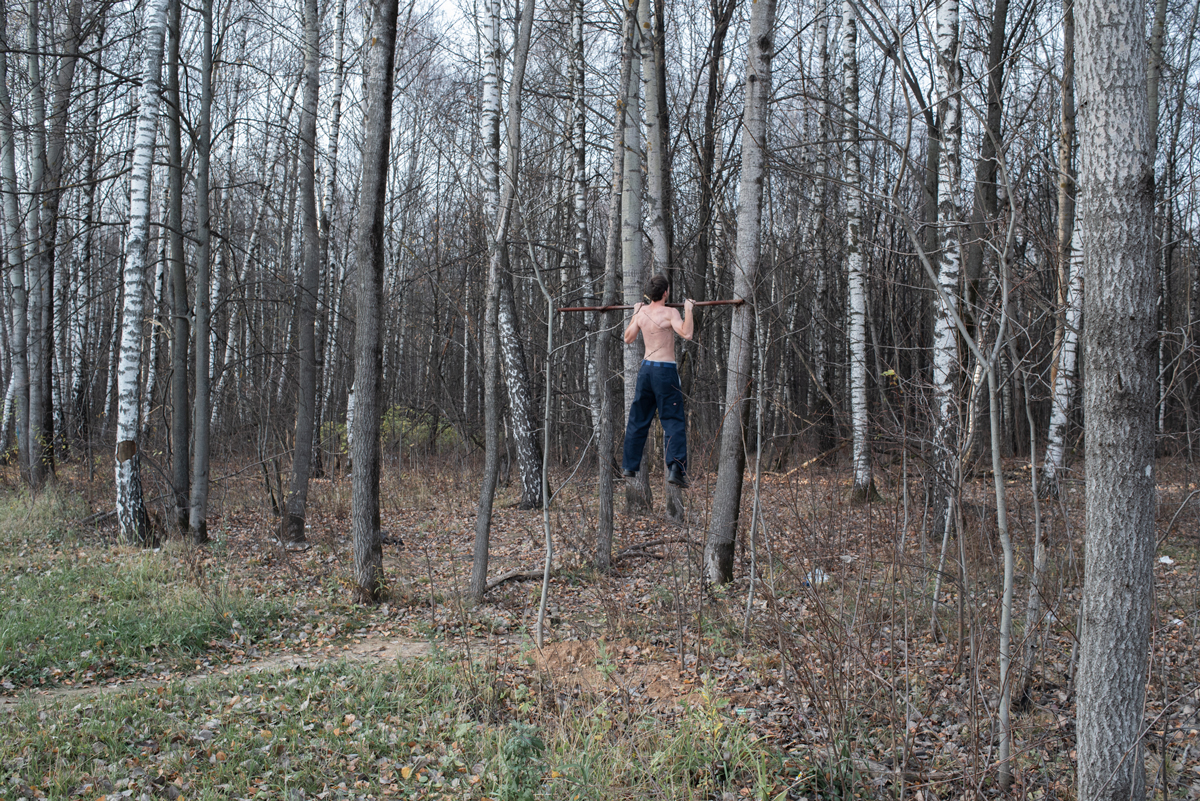
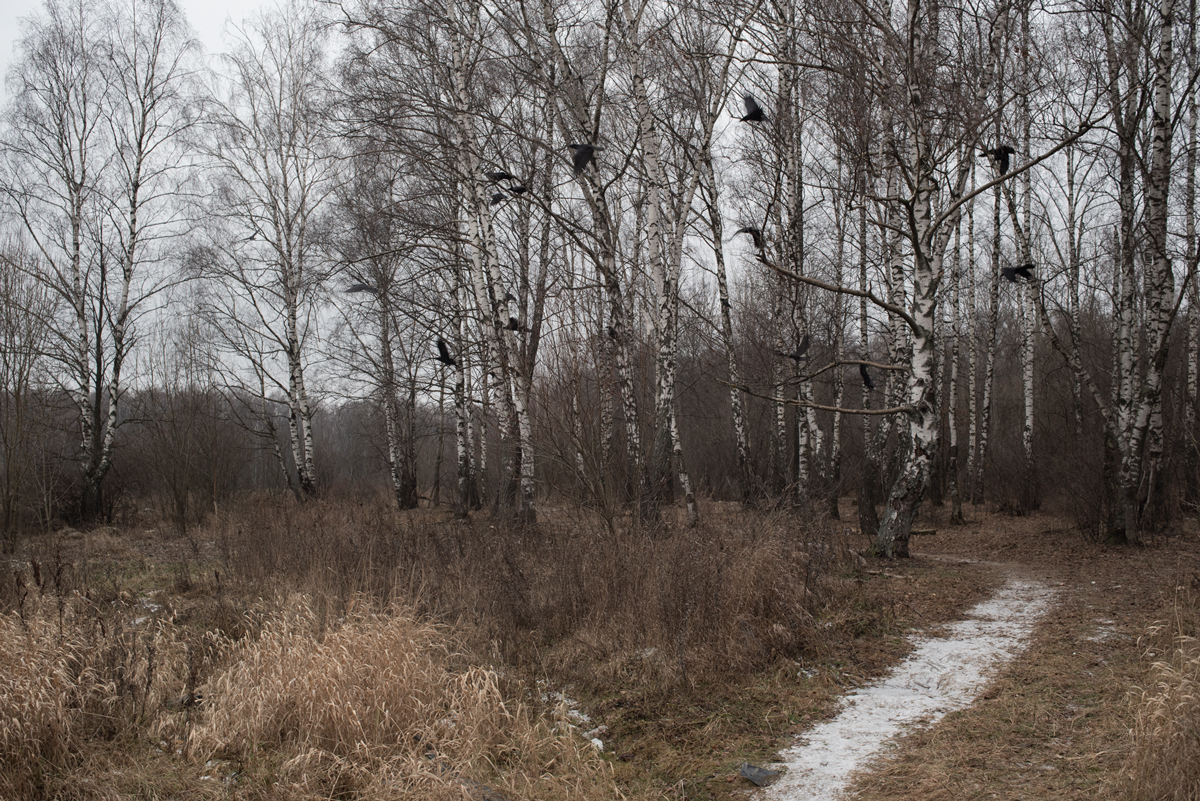
Nikitin´s images plunge viewers into an eerie world of metallic structures and empty crossroads, newly-built residential houses made of colourful plastic panels, and stray dogs wandering through wastelands coated in dirty snow. The intriguing polarity of Salyaryevo’s warped reality is laid bare by searching for the neighbourhood online. Headlines focus on plans to turn Salaryevo’s landfill into a ski resort, or reconstructing the local church for parishioners forced to meet in a wood container deep in the woods. But despite being created for a brighter future, the neighbourhood appears abandoned and sad.
In Nikitin’s eyes, Salyarevo appears as a mish-mash of different epochs, spanning abandoned village houses, the landfill considered to be Europe’s biggest waste dump, the wi-fi powered bus stations, and the wild woods. But among these images, a question lurks: for how long are we to dream of promised ski resorts rising from landfill sites?